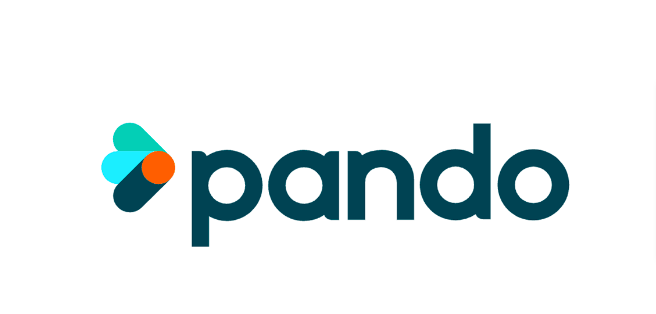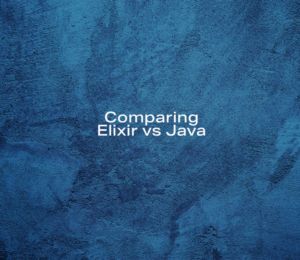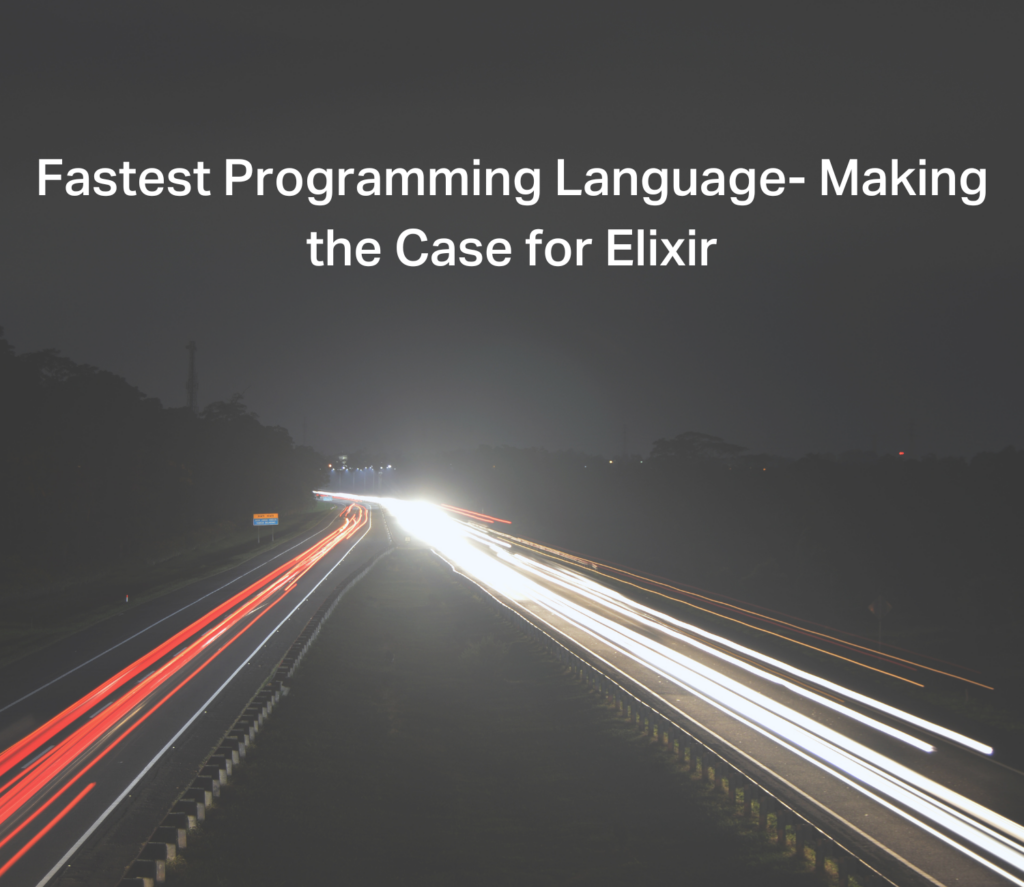-
chevron_right
Erlang Solutions: How Generative AI is Transforming Healthcare
news.movim.eu / PlanetJabber · Monday, 9 September, 2024 - 09:00 · 11 minutes
Generative AI (Gen AI) has emerged as a transformative technology across the healthcare industry. It has the potential to vastly transform the clinical decision-making process and ultimately improve patient health outcomes.
The adoption of generative AI is now valued at over $1.6 billion and the global AI market in the healthcare market is projected to reach $45.2 billion by 2026 .
Given such rapid growth projections, healthcare providers should recognise the opportunities presented by generative AI and explore how to incorporate it to improve patient care.
We will take an in-depth look into Gen AI and provide insights into how it is poised to revolutionise the healthcare space.
Understanding Generative AI in healthcare
So traditional vs generative AI- what’s the difference?
Before we compare the two, let’s take a moment to clearly define them:
Traditional AI- Also known as narrow or weak AI is a branch of artificial intelligence that executes tasks based on pre-established algorithms. These systems are usually specialised and excel at specific functions. However, they have a restricted range of applications compared to other types of AI.
Examples include: Chatbots, voice assistants, credit score systems and spam filters.
Generative AI- Is a form of artificial intelligence that can produce new outputs. These include text, images, and other types of data. It starts by analysing large amounts of existing data. Those insights are then used to create fresh content. Generative AI uses machine learning to identify patterns, make predictions, and generate new material based on the data it processes.
Generative AI and predictive AI are quite similar, as predictive AI is also a learning-based technology that identifies and anticipates patterns.
As well as data analysis, generative AI needs direct human input, or what is more commonly known as a “’prompt,’ to guide the AI’s output. Prompts aren’t just text focus. They also include videos, graphics, or audio.
Key differences between Traditional and Generative AI
Now let’s look into the main differences between traditional and generative AI:
| Aspect | Traditional AI | Generative AI |
| Applications | Is most commonly used for data analysis, forecasting, and optimisation tasks where rules are well-defined. | Best for tasks such as image recognition, natural language processing (NLP), and sentiment analysis, where patterns in unstructured data are key. |
| Data- handling | Best for structured data and tasks requiring precise, rule-based decision-making. | Best at managing and interpreting large volumes of unstructured data, such as images, videos, and text. |
| Rules-based v learning-based | Operates on explicit rules that are programmed by humans. | Learns from data and adapts its behaviour according to the patterns it discovers. |
| Flexibility and adaptability | Rigid and less adaptable. It requires manual updates to handle new and/or unexpected situations. | Highly flexible and capable of learning from diverse datasets. It can adjust to new scenarios without manual intervention. |
| Creativity and autonomy | Lacks creative abilities and autonomy and is confined to predefined rules and tasks. | Highly capable of autonomously generating content, such as images and text, demonstrating creativity beyond rule-based systems. |
| Learning capabilities | Is dependent on predefined rules and algorithms and requires human intervention for updates or adjustments. | It utilises deep learning to continuously improve by analysing data, identifying patterns, and making predictions, making it highly adaptable. |
While there are no clear “winners”, generative AI’s advantage lies in its broader offering. Its strength comes from using models to create unique content, without the need to rely on clear and rigid rules. Compared to its traditional counterpart, generative AI allows for greater flexibility and problem-solving.
For healthcare industry leaders, the strategic value of Generative AI cannot be overstated. Its benefits provide the ability to foster a culture of continuous improvement, enabling organisations to innovate in a rapidly evolving industry.
Enhancing patient care and outcomes with Generative AI
Healthcare leaders have long understood the role of personalised care in meeting patient needs. Generative AI provides the opportunity to create personalised care plans, with the ability to leverage patient experience and achieve significantly better health outcomes.
Here are some of generative AI’s main growing applications:
Personalised treatment plans
A standout advantage of generative AI in healthcare is its ability to create treatment plans that are uniquely tailored to each patient. Traditional approaches are dependent on standardised protocols, which might not fully address the specific needs of every individual.
But generative AI can analyse extensive patient data- from medical history and genetic information to lifestyle choices and social factors- to develop highly personalised treatment recommendations.
AI can examine a patient’s genetic likelihood of developing certain conditions and suggest preventative measures or specific treatment options. By offering customised care recommendations, healthcare professionals can enhance the effectiveness of treatments and reduce the chances of adverse effects, leading to improved health outcomes.
Predictive analytics
Generative AI also offers significant potential in the realm of predictive analytics, helping healthcare providers foresee and prevent potential health issues before they become critical. By examining large datasets of patient information, such as vital signs, lab results, and diagnostic images, AI algorithms can detect patterns that may signal future health risks.
For example, researchers at Mayo Clinic utilised generative AI to develop a deep-learning algorithm to forecast the likelihood of patient complications following surgery.
It can produce customised treatment recommendations, depending on the risk.
Enhanced diagnostic accuracy
Diagnosis mistakes are a massive concern within healthcare. They can lead to incorrect or delayed treatment, which can lead to life-threatening consequences for patients. Generative AI provides enhanced accuracy of diagnoses by supporting healthcare professionals in their decision-making processes.
Generative AI systems can:
- Examine medical images, such as X-rays, MRIs, and pathology slides, with incredible precision.
- Identify even the smallest abnormalities that might be missed by the human eye.
- Recognise patterns that are linked to particular diseases by learning from sizable datasets.
- Analyse symptoms and clinical data to suggest possible diagnoses.
By improving diagnostic accuracy, generative AI helps to ensure timely and correct treatments. It also reduces the likelihood of unnecessary procedures and time delays, which ultimately ease the strain on healthcare systems.
Virtual health assistants
Chatbots that are powered by AI act as virtual health assistants (VHAs) for patients. They can provide a wealth of information, such as answering medical queries, providing relevant health information, medication reminders, personalised health advice and necessary support for chronic conditions- to name a few services.
DAX Express , a notable US healthcare provider integrates GPT-4, a generative AI technology, to automate clinical documentation. This application listens to patient-physician interactions and then generates medical notes. The notes are directly uploaded into Electronic Health Records (EHR) systems, removing the need for a human review.
The use of gen AI in DAX Express significantly speeds up the documentation process. It reduces it from hours to seconds, a substantial benefit of VHAs. This also improves patient care by allowing doctors more time with patients, enhancing the accuracy of medical records, and speeding up follow-up treatments.
Operational efficiency and cost reduction
As briefly mentioned, AI’s ability to provide transformative solutions that streamline processes and reduce costs, while enhancing patient care is a major driver for healthcare service providers Various AI-driven technologies including GenAI are reshaping the way healthcare organisations operate, so both providers and patients benefit from these advancements.
Wearables to enhance patient monitoring
Fitbits, Apple watches, Oura rings and ECG machines are just a few examples of AI-powered wearables that are transforming patient care through continuous health monitoring.
According to research by Deloitte, wearable technologies are expected to reduce 16% of hospital costs by 2027, and by 2037, it could save $200 billion with its remote patient monitoring devices. These devices are designed to catch potential health issues early, reducing the need for emergency interventions and, therefore lowering the frequency of hospital visits. They also empower patients to manage their health proactively, thanks to personalised reminders, which are aimed to foster healthier habits (think of fitness rings on your Apple watch).
This approach optimises healthcare resources and contributes to reducing overall healthcare costs.
Accelerating drug discovery and reducing costs
In the pharmaceutical sector, generative AI is accelerating drug discovery processes for faster treatment development, especially in underserved medical areas.
Gen AI models analyse large amounts of data to identify new disease markers, streamlining clinical trials and reducing their duration by up to two years.
Improved accessibility and inclusivity
AI-driven chatbots and digital assistants are breaking down barriers to healthcare access. They support multiple languages and provide user-friendly interactions.
These tools make healthcare more inclusive, especially for patients with disabilities or those who face language barriers. By ensuring that everyone can access care without obstacles, AI enhances patient satisfaction and promotes equity in healthcare delivery.
Optimising data management and analysis
The healthcare industry generates vast amounts of data daily, and managing this information efficiently is crucial. Traditional AI assists in organising and analysing healthcare data, which helps professionals extract valuable insights quickly.
Generative AI can sift through electronic health records, research articles, and clinical notes to identify patterns and trends, enabling more informed decision-making and improving the overall quality of care.
Enhancing supply chain and equipment utilisation
AI is also playing a critical role in optimising the healthcare supply chain and equipment usage. According to research from Accenture , 43% of all working hours across end-to-end supply chain activities could be impacted by gen AI in the near future.
AI algorithms can provide actionable insights into the best supplies or drugs to use, considering cost, quality, and patient outcomes. Additionally, gen AI helps schedule diagnostic equipment, ensuring that costly machines like MRIs and CT scanners are utilised to their full potential. This not only reduces operational costs but also enhances the overall efficiency of healthcare delivery.
Integrating Elixir in Generative AI in Healthcare
As healthcare organisations increasingly adopt generative AI technologies, integrating the right tools and technologies is crucial for maximising their potential. Elixir , a functional and concurrent programming language is well-suited to underpin the delivery of AI models, due to its scalability, performance and ability to handle large-scale data processing efficiently. Healthcare organisations can leverage Elixir to ensure robust, reliable deployment of their generative AI technologies, to drive innovation and enhance capabilities.
Let’s look into some of the key features of Elixir:
- Concurrency: Elixir excels at managing numerous simultaneous tasks, crucial for handling the large-scale data processing needs of AI applications.
- Fault tolerance: Built to handle failures with ease, Elixir ensures continuous operation and reliability—a key trait for healthcare systems that demand high uptime.
Scalability: Elixir’s ability to scale horizontally supports the growing computational demands of advanced AI models and data analytics.
Improved data processing and management
Elixir’s concurrency capabilities allow for efficient handling of multiple data requests. This feature is essential for real-time AI applications in healthcare, for example, diagnostic tools and patient management systems. Its scalability allows healthcare organisations to build robust data pipelines, ensuring smooth data flow and faster processing.
Enhanced system reliability
Elixir supports fault-tolerant architectures. It maintains system reliability for critical healthcare applications. Its ability to recover from errors without system-wide disruption means that AI-driven healthcare solutions remain operational and dependable.
Optimised performance
Once again, Elixir’s scalability meets the growing demands of AI workloads. This improves computational efficiency and enhances overall system performance. Its support for real-time processing also improves the responsiveness of healthcare applications, providing immediate feedback and improving operational efficiency.
Integrating Elixir and other technologies with generative AI provides huge potential to enhance healthcare applications- from improving data management to optimising system performance. For business leaders, strategic planning and collaboration are key to harnessing these technologies effectively, to ensure that their organisations can capitalise on the benefits of AI while maintaining robust and reliable systems.
The future of Generative AI
While generative AI has the proven power to revolutionise the healthcare industry, some ethical and regulatory points still need to be considered. Areas surrounding patient privacy, security and equitable access to AI-powered equipment are still a work in progress.
Consumer trust is also a critical factor in the future of AI. To optimise AI results, business leaders need to understand consumers’ feelings towards Generative AI.
In a survey conducted by Wolters Kluwer, while those asked did have some concerns or fears surrounding generative AI, 45% were “starting from a position of curiosity.” Over half (52%) of those surveyed further reported that they would be fine with their healthcare providers using gen AI to support their care.
The trust in gen AI is not just down to the technology, but the trust of the consumer in their healthcare provider.
As these issues are addressed, a new era of improved health outcomes and more accessible medical services is just years, if not months, away from being a reality.
To conclude
AI has undeniable transformative potential. Leveraging and gaining a better understanding of this technology is key to embracing innovation in the healthcare industry and most importantly, prioritising patient-centric care.
Whether your current systems are falling short or you’re actively seeking new ways to improve patient outcomes and operational efficiency, generative AI provides a powerful solution. It can revolutionise how healthcare services are delivered- from personalised treatment plans to predictive analytics and enhanced diagnostics.
By adopting gen AI, you can position healthcare providers at the forefront of healthcare innovation. If you’d like to talk more about your healthcare needs or how Elixir can power your AI model, feel free to drop us a line .
The post How Generative AI is Transforming Healthcare appeared first on Erlang Solutions .









